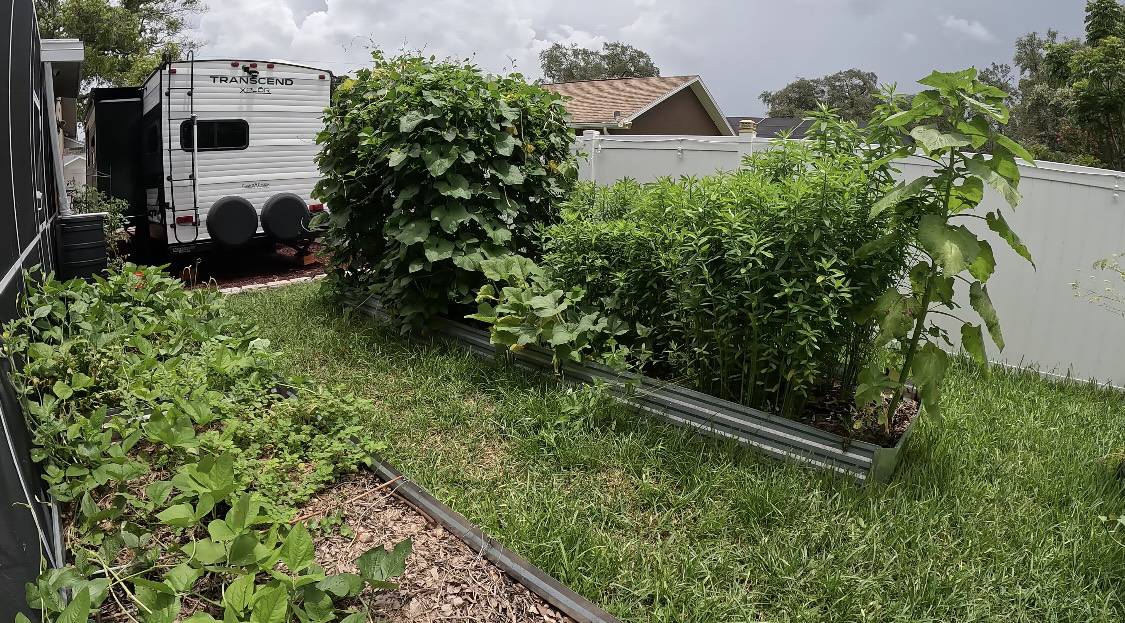Last Updated on January 25, 2024 by Homegrown Florida
Have you ever faced the heartbreak of overwatering or the agony of forgetting to water your plants until they wilt and die? Well, today is your day! Join me as we delve into the intricate world of watering – a topic often overlooked but critical for a thriving garden.
Timing is Everything:
I advocate for morning watering, particularly during the early hours to allow for deep penetration of water into the soil. I discourage you from night watering to avoid prolonged moisture, which can lead to fungal issues. Caution against watering during the day due to rapid evaporation, resulting in under-watering.
Amount Matters:
It’s important to determine the ideal amount of water needed for your garden. The method I like using is placing a shallow bowl to measure water collected during your sprinkling cycle or rainfall. This allows you to adjust watering duration accordingly. I also reccomend using a moisture probe for accurate assessments or the simple finger test which involves poking your finger into the soil up to your second knuckle to see if the soil beneath has any moisture.

Testing Your Water:
It’s important that you test the water you are using for chlorine, salt, and heavy metals, especially if you are using a well or city water. I recommend testing kits, letting tap water sit for 24-48 hours, and exploring rain barrels or filtration systems.
Examples of Bad Watering:
One of the examples of overwatering and underwatering, shows signs like wilting, rotting, and dead plants which is an easy way to identify watering issues. I encourage your to observe and understand the plants’ responses to refine watering practices.

Re-evaluate Your Watering:
I want to stresses the need to adjust watering schedules based on seasons, rainfall, and plant types. Use rainwater whenever possible. Frequently re-evaluate to ensure plants receive adequate and appropriate hydration.
As we demystify the art of watering, remember that mastering this crucial aspect can make or break your garden. By following the W.A.T.E.R. method – when, amount, timing, examples, testing, and re-evaluation – you’ll be equipped to nourish your plants to their full potential. Happy gardening!



